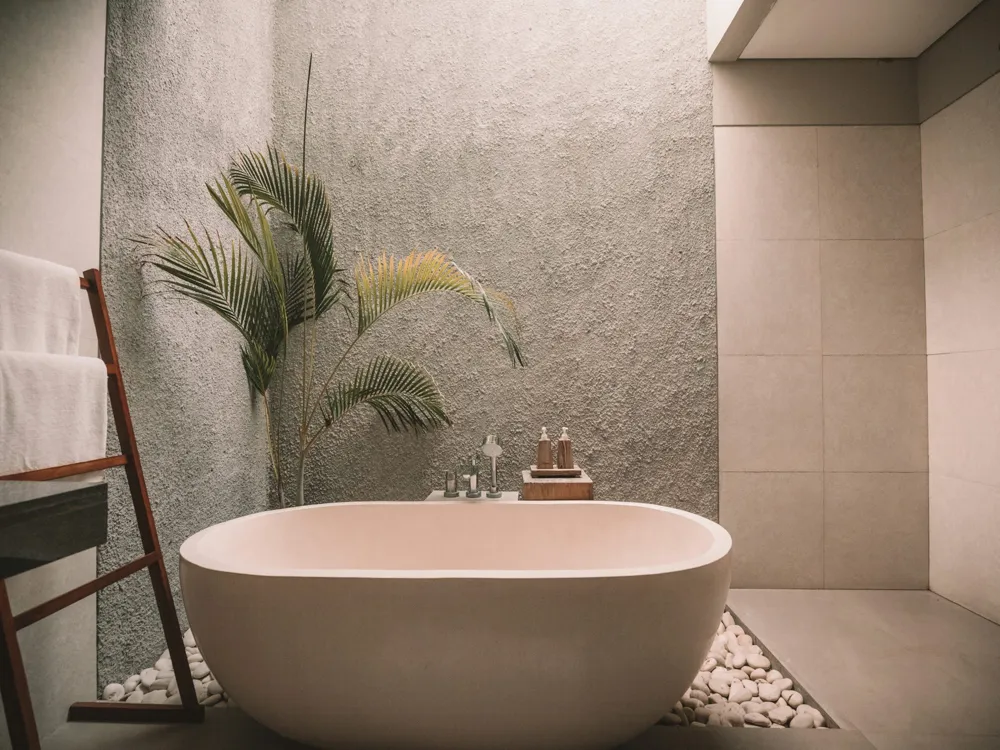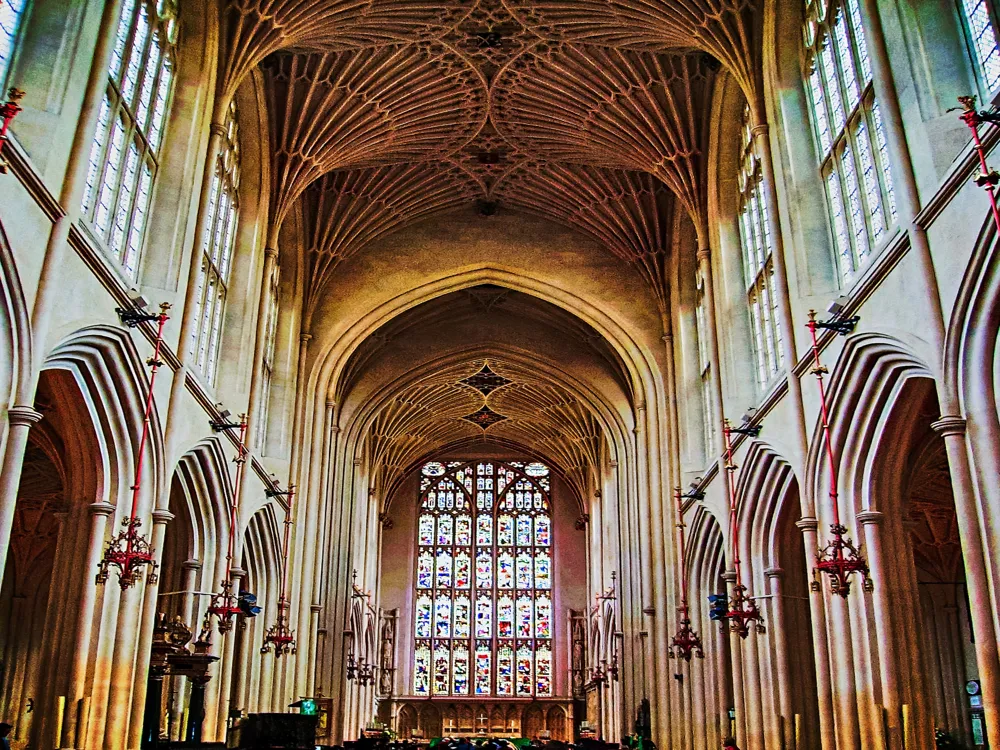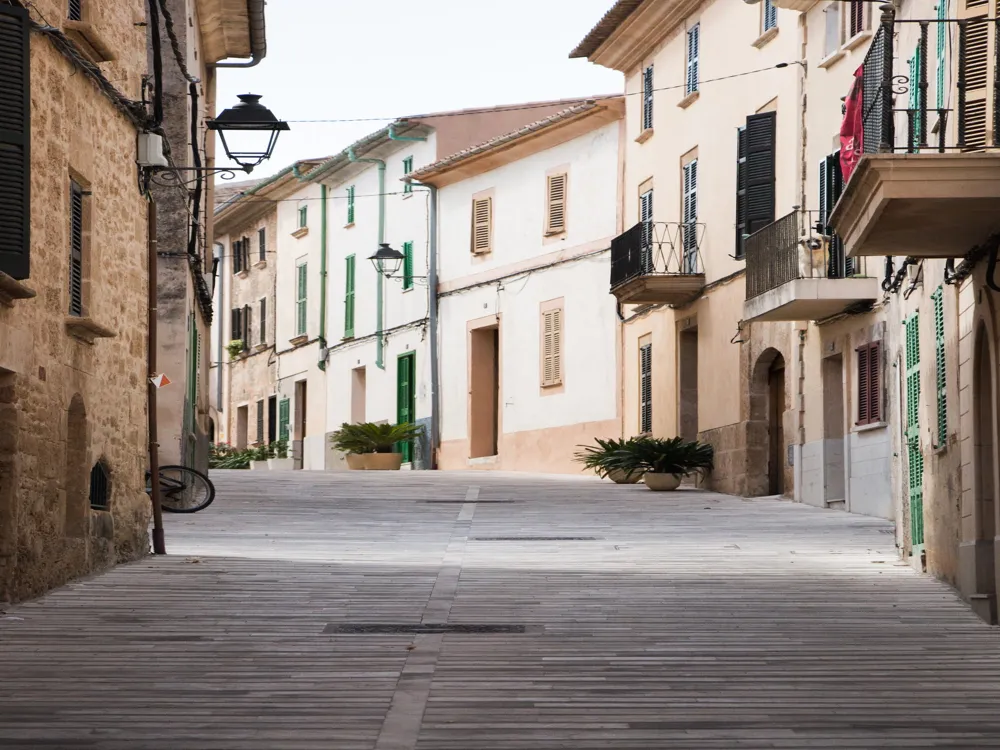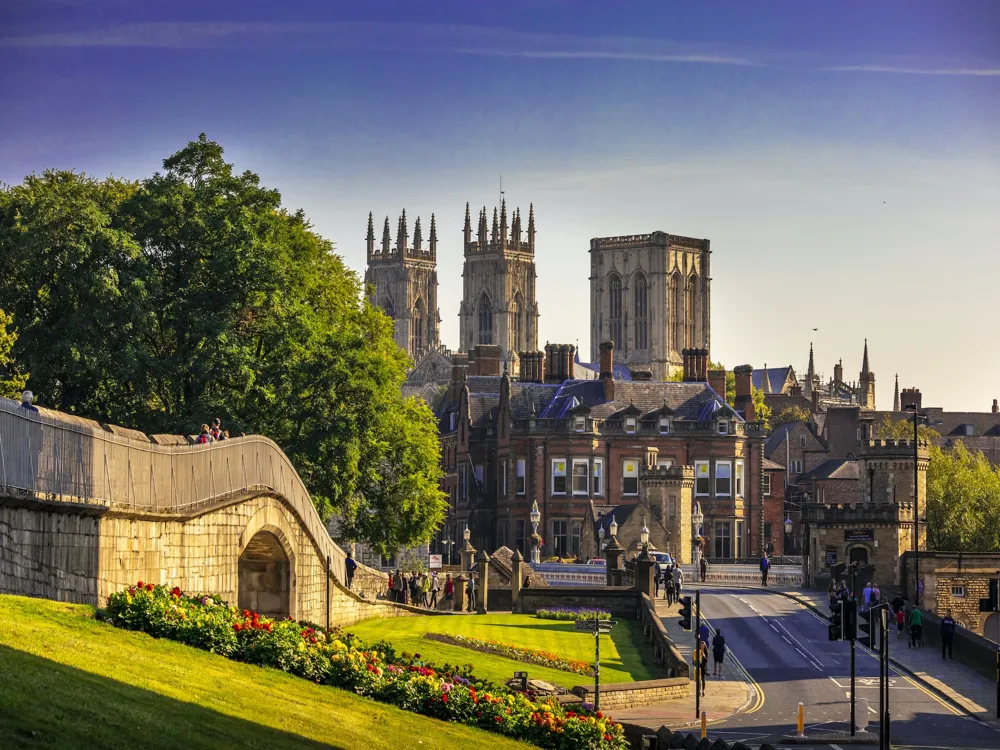The Museum of East Asian Art in Bath stands as a jewel of cultural and historical significance, nestled in the heart of Bath, UK. This museum, unique in its focus, offers a rich collection of artefacts and art pieces from East Asia, including China, Japan, Korea, and Southeast Asia. The collection spans over 7,000 items, encompassing ceramics, jades, bronzes, and bamboo carvings, offering a panoramic view of East Asian art and culture. Founded in 1993 by Brian McElney OBE, the museum's inception is a tale of passion and dedication. McElney, a lawyer who lived in East Asia for over 30 years, amassed an extensive collection of East Asian art. Driven by his love for the art and culture of the region, he established the Museum in a restored Georgian house, contributing over 2,000 pieces from his personal collection to kickstart this venture. The museum not only serves as a haven for art enthusiasts but also plays a vital role in educational outreach. It hosts various workshops, lectures, and events aimed at spreading awareness and understanding of East Asian cultures. These initiatives cater to all age groups, from children to adults, and contribute significantly to multicultural education in the UK. With its diverse collection, the Museum of East Asian Art offers a unique opportunity to explore the rich artistic heritage of East Asia. From ancient Chinese ceramics to Japanese samurai swords, each exhibit tells a story, providing insights into the history, philosophy, and daily life of the regions represented. The architecture of the Museum of East Asian Art is a seamless blend of East and West, reflecting the cultural amalgamation that the museum represents. Housed in a restored Georgian townhouse in Bath, the museum's exterior adheres to the classic Bath architectural style characterized by Bath stone facades and symmetrical designs. This choice of location and style signifies a bridge between East Asian culture and Western aesthetics, a core principle of the museum. Inside, the museum transforms into a space that resonates with the essence of East Asian aesthetics. The interior design subtly incorporates elements of East Asian architecture, such as the use of natural light and minimalistic layouts, which highlight the beauty of the artifacts. The display areas are thoughtfully arranged to create an immersive experience, guiding visitors on a journey through different periods and regions of East Asian history. The museum's architecture also takes into consideration the conservation needs of its precious collection. State-of-the-art climate control systems ensure the preservation of the artifacts, many of which are sensitive to environmental conditions. The lighting is carefully designed to enhance the viewing experience while protecting the delicate materials of the artworks. In conclusion, the architecture of the Museum of East Asian Art is not just about aesthetic appeal; it is an integral part of the museum's mission to bring East Asian culture to the Western world. The building itself serves as a symbol of the fusion and respect between different cultures, making it a landmark in its own right. Before visiting the Museum of East Asian Art, it's advisable to check the museum's official website for the latest information on opening hours, special exhibits, and any scheduled events. Also, consider joining a guided tour for a more insightful experience. While at the museum, be sure to respect the exhibits by not touching or photographing them if it's prohibited. Allocate enough time to explore each section, as the museum offers a rich array of artifacts and information. The museum is committed to accessibility for all visitors. Inquire about wheelchair access and other facilities if needed. There are also restrooms and a gift shop on the premises for convenience. The Museum of East Asian Art is located in the city center of Bath, making it easily accessible by various modes of transportation. If traveling by car, there are several public parking options nearby. For those preferring public transport, Bath is well-connected by bus and train services. The museum is a short walk from Bath Spa train station. Additionally, many local bus routes have stops close to the museum, making it convenient for visitors to reach the destination. Read MoreOverview of the Museum of East Asian Art in Bath
Architecture of the Museum of East Asian Art
Tips When Visiting the Museum of East Asian Art
Planning Your Visit
During Your Visit
Accessibility and Facilities
How To Reach the Museum of East Asian Art
Museum of East Asian Art
Bath
NaN onwards
View bath Packages
Weather :
Tags : Museum
Timings : 10:00 AM to 5:00 PM - Tuesday to Saturday 12:00 PM to 5:00 PM - Sunday. Closed on Mondays.
Time Required : 1-2 hours
Planning a Trip? Ask Your Question
Bath Travel Packages
View All Packages For Bath
Top Hotel Collections for Bath

Private Pool

Luxury Hotels

5-Star Hotels

Pet Friendly
Top Hotels Near Bath
Other Top Ranking Places In Bath
View All Places To Visit In bath
View bath Packages
Weather :
Tags : Museum
Timings : 10:00 AM to 5:00 PM - Tuesday to Saturday 12:00 PM to 5:00 PM - Sunday. Closed on Mondays.
Time Required : 1-2 hours
Planning a Trip? Ask Your Question
Bath Travel Packages
View All Packages For Bath
Top Hotel Collections for Bath

Private Pool

Luxury Hotels

5-Star Hotels

Pet Friendly





















